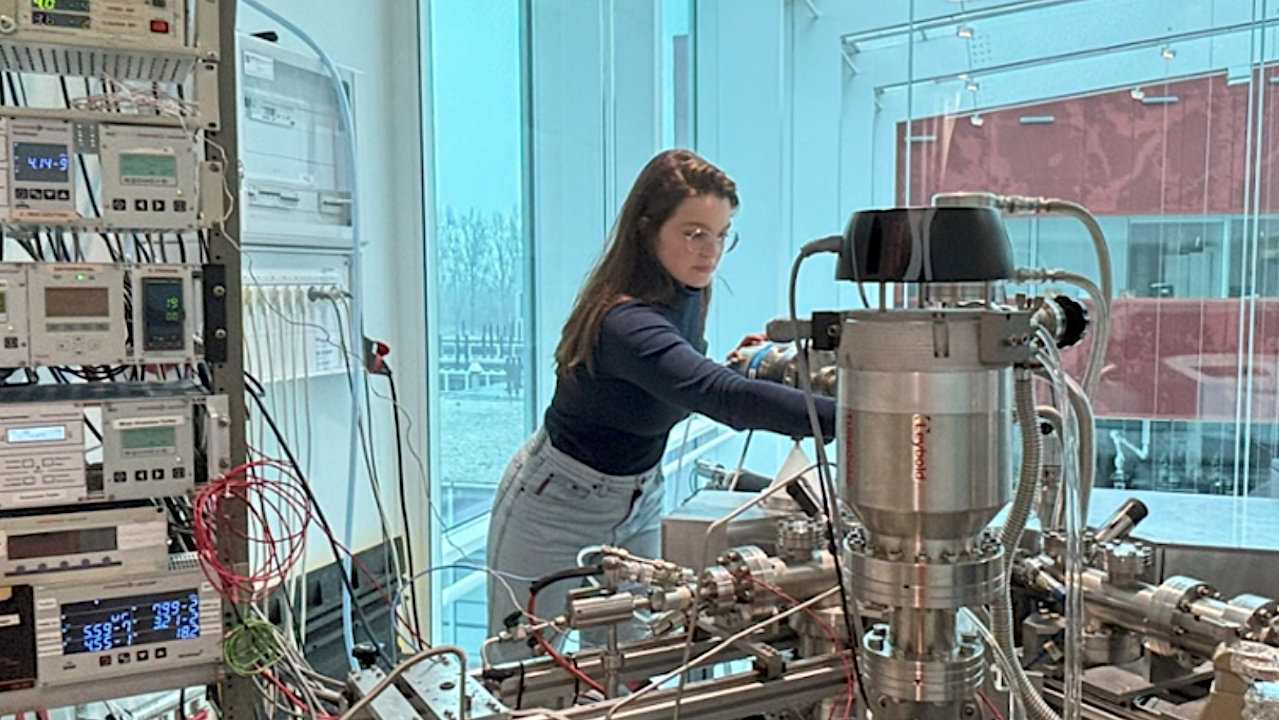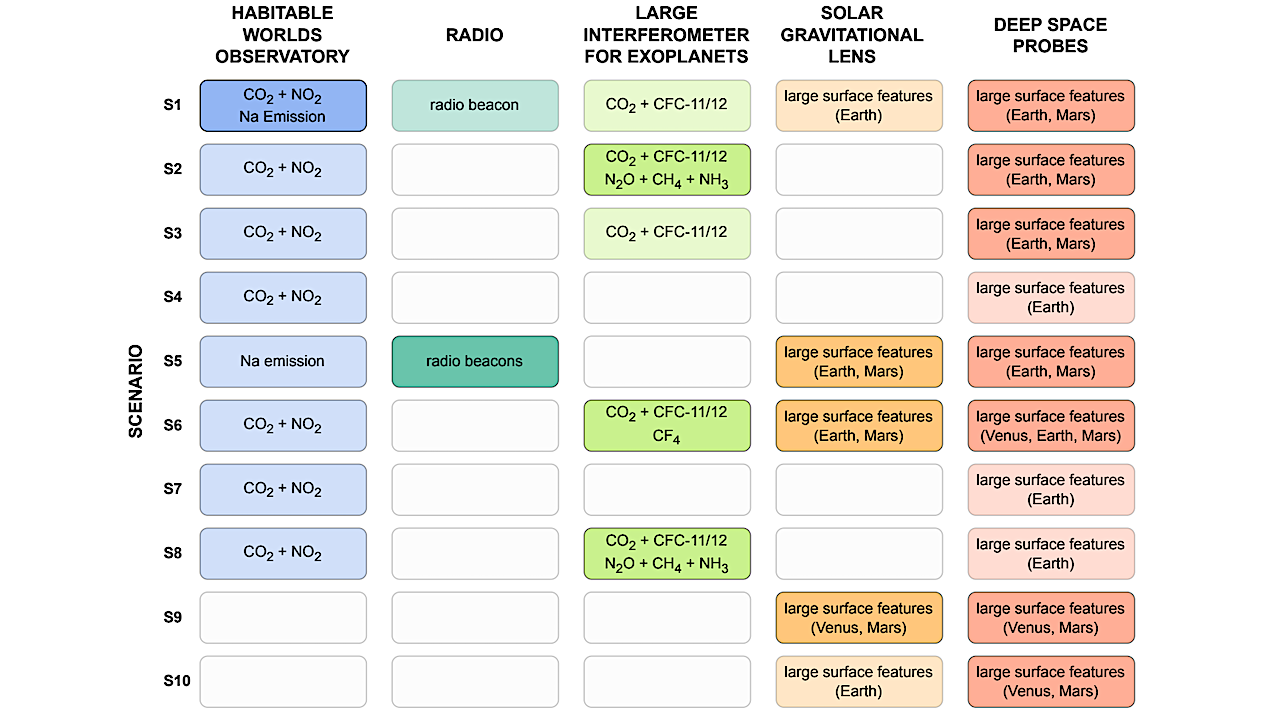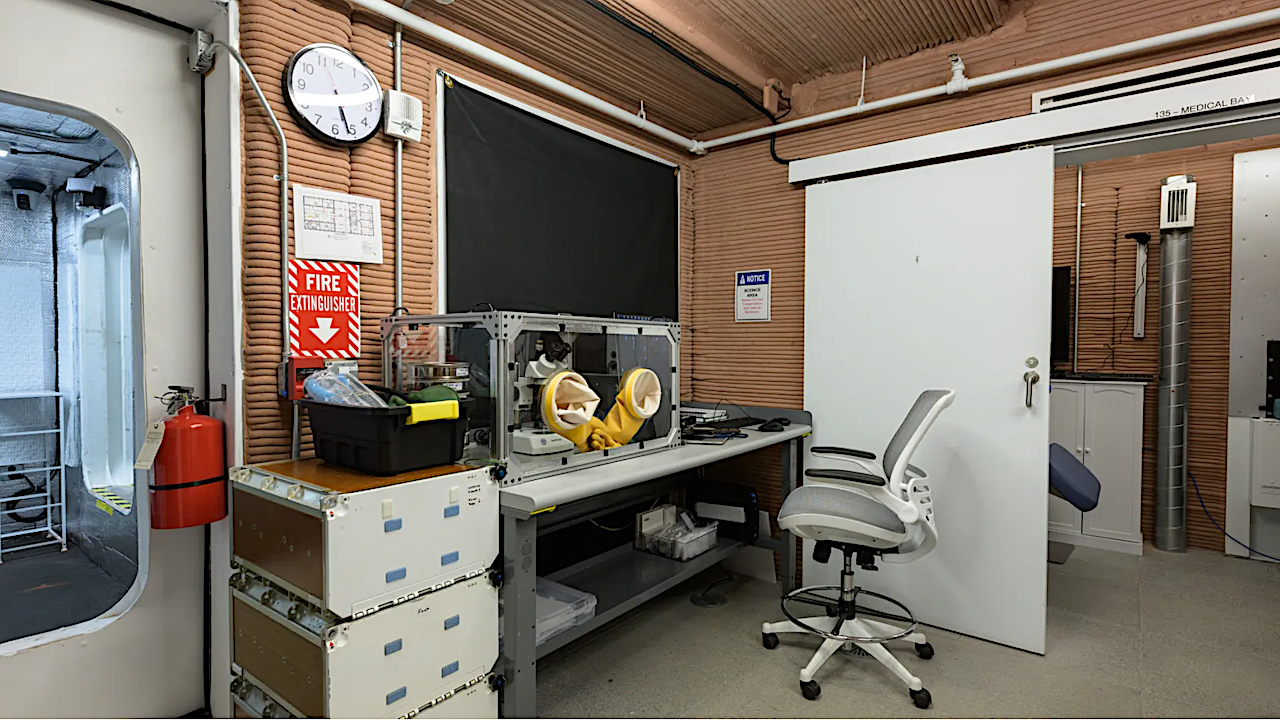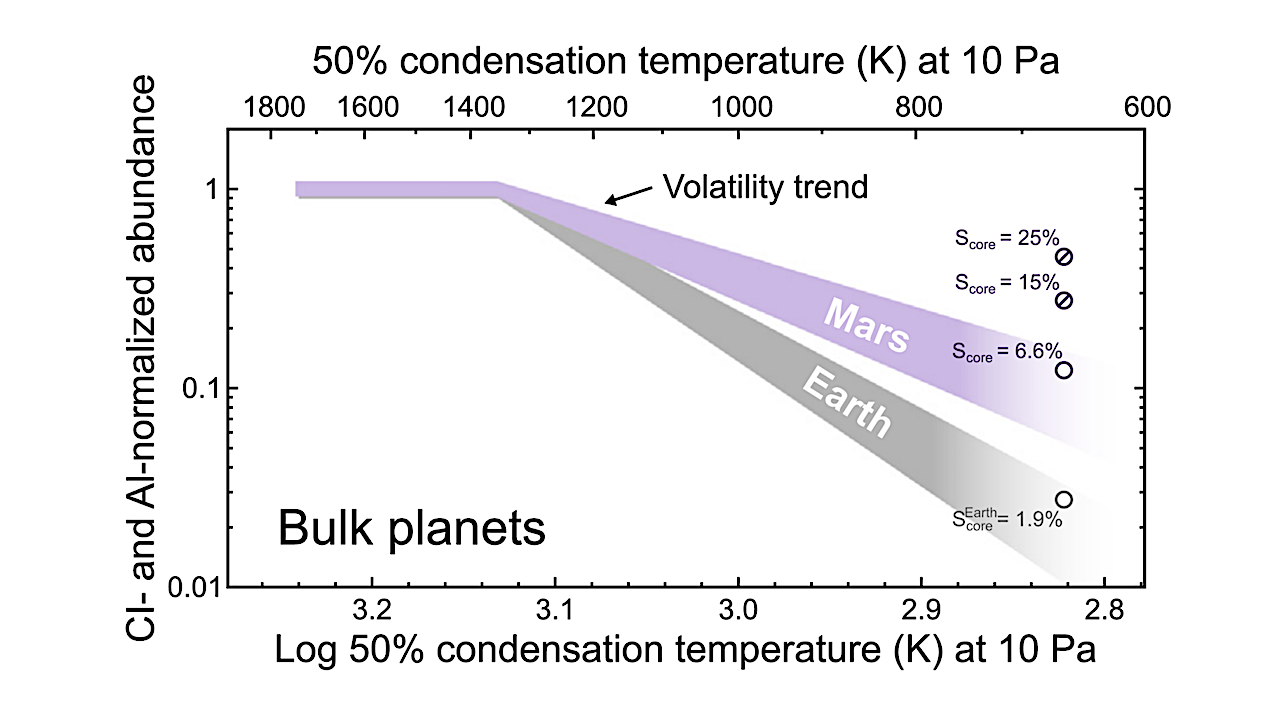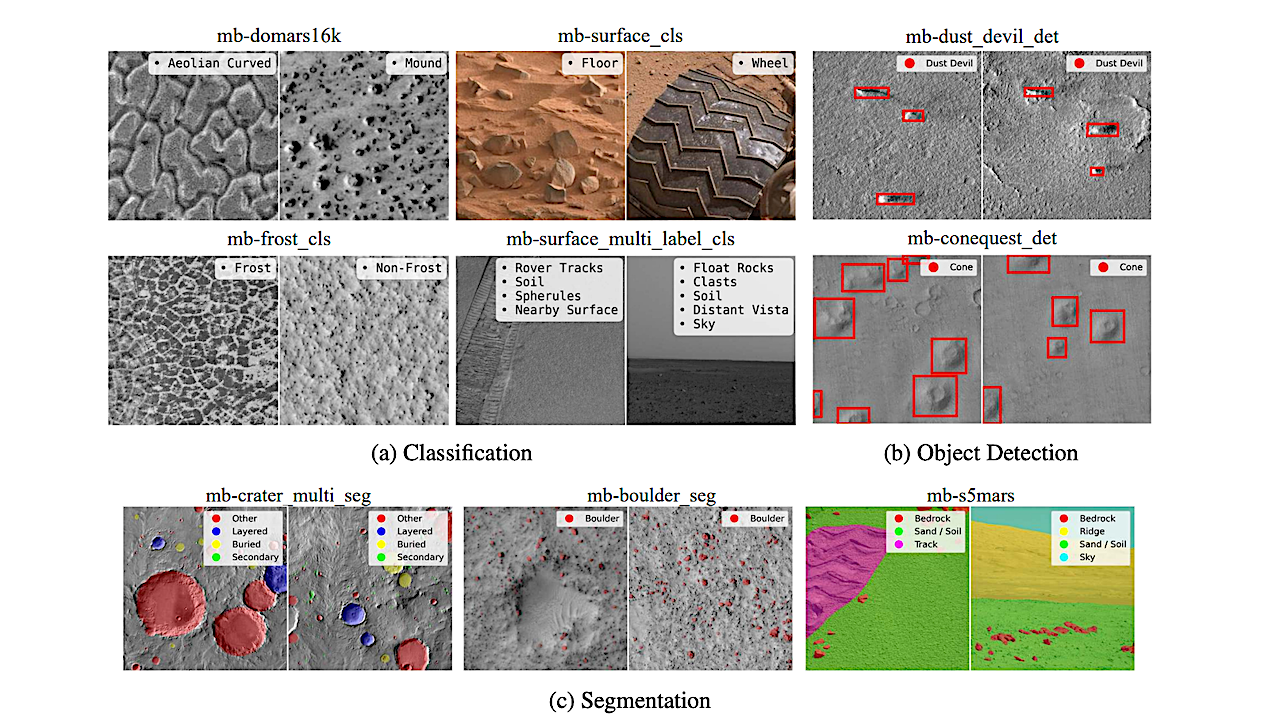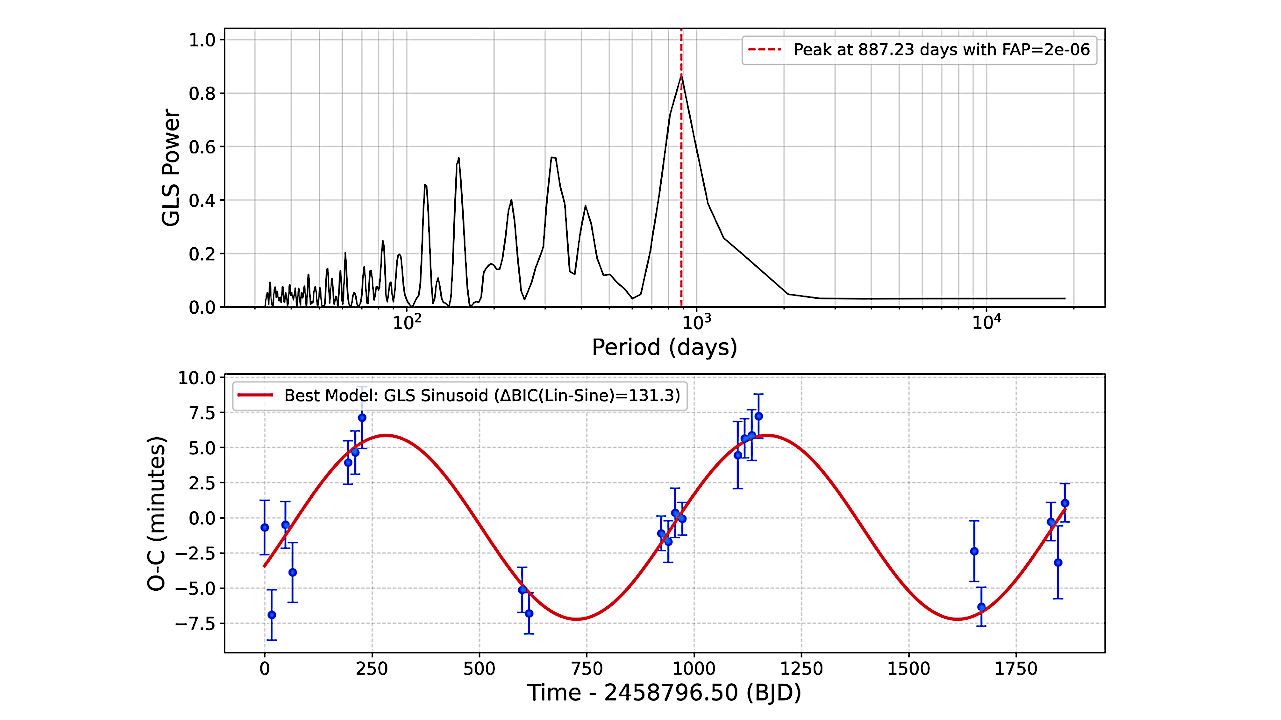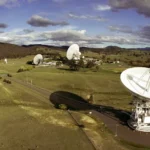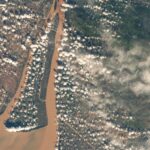SEM images of A. agilis Ant-EH-1 grown at (A) 25 °C; (B) 5 °C; (C) −5 °C. — Frontiers via PubMed Arthrobacter are commonly isolated from cold soil environments globally, including those that
Astrobiology12- Page
Astrochemist Julia Santos — Universiteit Leiden How do atoms and molecules end up forming planets? That’s what astrochemist Julia Santos studied during her PhD. She discovered the dominant process behind
Summary of technosignature detectability with future missions for each scenario. Darker colors indicate where multiple technosignatures in a scenario are observable by a mission. — astro-ph.EP The search for technosignatures
During the one-year analog mission, crew members will participate in various activities, including sample collection and analysis utilizing a glovebox. Bill Stafford/NASA [Federal Register Volume 90, Number 225 (Tuesday, November
During the one-year analog mission, crew members will participate in various activities, including sample collection and analysis utilizing a glovebox. Bill Stafford/NASA [Federal Register Volume 90, Number 225 (Tuesday, November
Volatile element abundance of bulk Mars and Earth relative to chondrites (Yoshizaki & McDonough 2020). As volatile element abundance increases with heliocentric distance, Mars is enriched in volatiles. — astro-ph.IM
Since the 1950s, humanity has been searching for extraterrestrial life with increasingly sophisticated tools. But after decades of space probes, meteorite analysis, radio telescopes, and UFO investigations, what have we
Representative samples from selected Mars-Bench datasets, from all three task categories. — cs.CV Foundation models have enabled rapid progress across many specialized domains by leveraging large-scale pre-training on unlabeled data,
Top panel: Generalized Lomb–Scargle (GLS) periodogram of the TOI-1611 b O−C transit times, with the best periodicity highlighted by a red vertical line. Bottom panel: O−C measurements over time, with
Two models adapted for equilibrium conditions between magma ocean, atmosphere, and disk gas in the formation stage (Section 2.7). (A) case with an exchange of hydrogen and helium between the
-
 012024 in Review: Highlights from NASA in Silicon Valley
012024 in Review: Highlights from NASA in Silicon Valley -
 02Panasonic Leica Summilux DG 15mm f/1.7 ASPH review
02Panasonic Leica Summilux DG 15mm f/1.7 ASPH review -
 03From Polymerization-Enabled Folding and Assembly to Chemical Evolution: Key Processes for Emergence of Functional Polymers in the Origin of Life
03From Polymerization-Enabled Folding and Assembly to Chemical Evolution: Key Processes for Emergence of Functional Polymers in the Origin of Life -
 04How New NASA, India Earth Satellite NISAR Will See Earth
04How New NASA, India Earth Satellite NISAR Will See Earth -
 05And Thus Begins A New Year For Life On Earth
05And Thus Begins A New Year For Life On Earth -
 06Astronomy Activation Ambassadors: A New Era
06Astronomy Activation Ambassadors: A New Era -
07SpaceX launch surge helps set new global launch record in 2024


